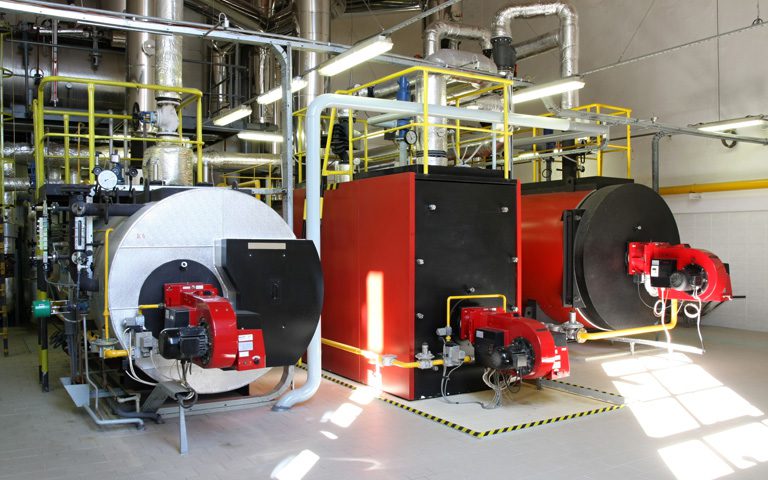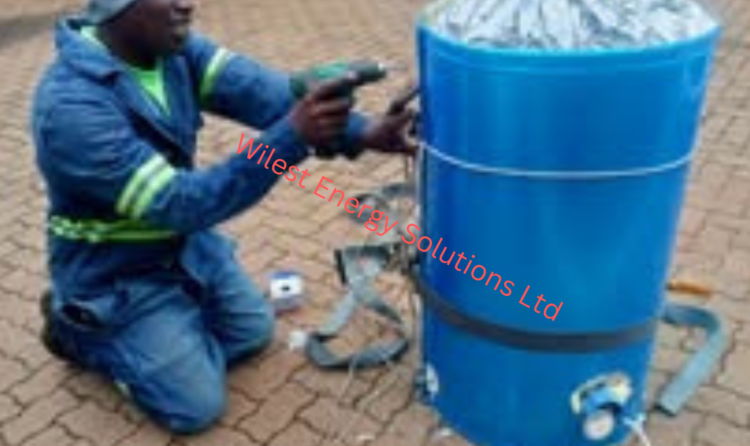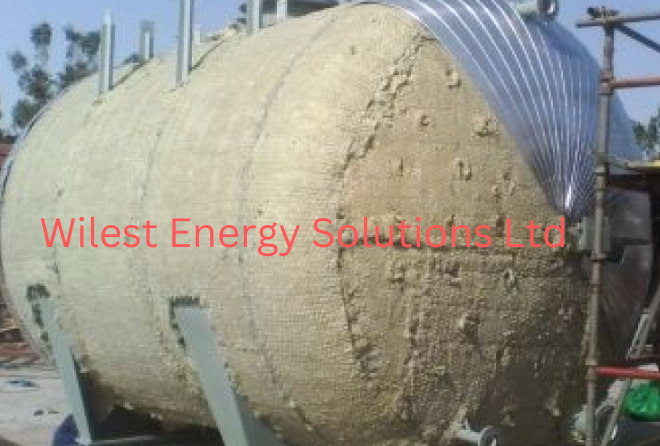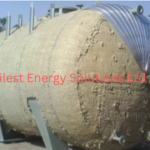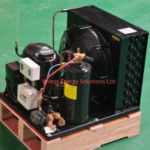Burners are critical components of steam plants in Kenya, as they play a crucial role in generating heat for various industrial processes. When it comes to selecting the right type of burner for your steam plant, the choice between light oil burners and heavy fuel oil burners can have a significant impact on energy efficiency, operational costs, and environmental sustainability. In this article, we will explore the key differences and advantages of light oil burners and heavy fuel oil burners, helping you make an informed decision for your steam plant in Kenya.
Key Differences:
Light Oil Burners:
Light oil burners are designed to burn light distillate fuels, such as diesel or kerosene, which have lower viscosity and lower boiling points compared to heavy fuel oils. They are typically used in applications where the heat demand is relatively low and the fuel quality is high. Some key differences of light oil burners are:
Combustion Efficiency: Light oil burners are known for their high combustion efficiency, as they can quickly and easily ignite light distillate fuels, resulting in complete combustion and minimal emissions. This can lead to improved energy efficiency and reduced environmental impact.
Fuel Availability: Light distillate fuels, such as diesel or kerosene, are generally readily available in Kenya, making light oil burners a convenient option for steam plants in terms of fuel availability and logistics.
Operating Cost: Light oil burners tend to have lower operating costs compared to heavy fuel oil burners, as light distillate fuels are typically cheaper than heavy fuel oils. This can result in cost savings for steam plant operators in terms of fuel expenses.
Heavy Fuel Oil Burners:
Heavy fuel oil burners, on the other hand, are designed to burn heavy fuel oils, such as residual fuels or bunker C oils, which have higher viscosity and higher boiling points compared to light distillate fuels. They are typically used in applications where the heat demand is high, and the fuel quality may vary. Some key differences of heavy fuel oil burners are:
Combustion Challenges: Heavy fuel oils can be challenging to ignite and burn completely, as they have higher viscosity and require higher temperatures for ignition. This can result in incomplete combustion and increased emissions, which may require additional emissions control measures.
Fuel Quality: Heavy fuel oils can vary significantly in quality, which can affect the combustion performance and efficiency of heavy fuel oil burners. Ensuring consistent fuel quality and proper handling is crucial for optimal performance.
Emissions Control: Heavy fuel oil burners may require additional emissions control measures, such as flue gas treatment systems, to meet environmental regulations and reduce emissions. These additional systems can add to the overall operational costs.
Advantages:
Both light oil burners and heavy fuel oil burners have their advantages, depending on the specific requirements and constraints of your steam plant in Kenya.
Advantages of Light Oil Burners:
High combustion efficiency, resulting in improved energy efficiency and reduced emissions.
Availability of light distillate fuels in Kenya, making fuel logistics convenient.
Lower operating costs compared to heavy fuel oil burners, as light distillate fuels are generally cheaper.
Advantages of Heavy Fuel Oil Burners:
Suitable for high heat demand applications, making them ideal for steam plants with large heat requirements.
Can handle variable fuel quality, making them suitable for situations where fuel quality may vary.
Can be a viable option in situations where light distillate fuels are not readily available or not economical.
In conclusion, selecting the right type of burner for your steam plant in Kenya is a critical decision that can significantly impact energy efficiency, operational costs, and environmental sustainability. Light oil burners are known for their high combustion efficiency, availability of fuel, and lower operating costs, making them a suitable choice for steam plants with lower heat demand and consistent fuel quality. On the other hand, heavy fuel oil burners are ideal for high heat demand applications and situations where fuel quality may vary, although they may require additional emissions control measures and can be costlier to operate.
When making a decision, it is essential to consider factors such as the heat demand of your steam plant, the availability and quality of fuel in Kenya, emissions regulations, and your budget. Consulting with experienced engineers or professionals in the field can help you make an informed decision based on your specific requirements and constraints.
In summary, understanding the key differences and advantages of light oil burners and heavy fuel oil burners can help you optimize the operation of your steam plant in Kenya for energy efficiency and cost savings. Carefully evaluating your needs and considering all relevant factors can result in a burner selection that aligns with your operational goals and contributes to a sustainable and efficient steam plant operation.
Trust Wilest Energy Solutions to provide expert assistance in making the optimal decision for your steam plant in Kenya. Contact us today to learn more about our services and how we can help you achieve energy optimization and cost savings.


